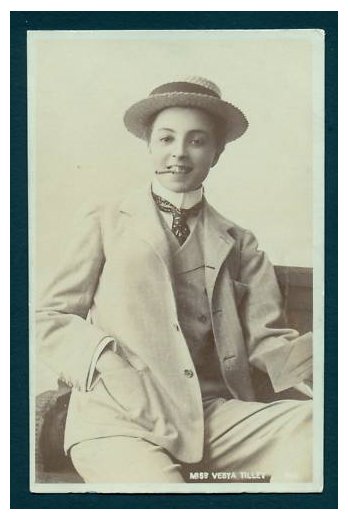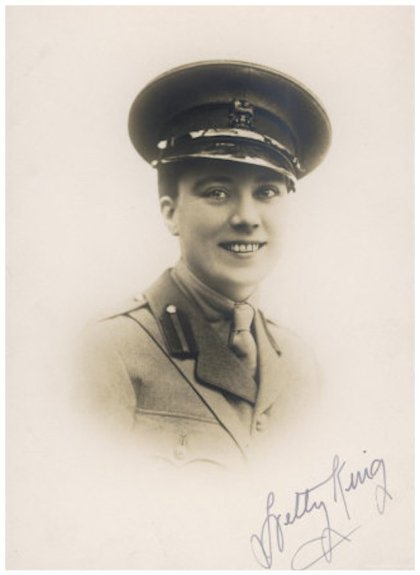41 Super-Hot Butches and Tomboys of the Early 20th Century
This article was originally written in 2017 and has been re-published for this special holiday, Butch and Stud Appreciation Day.
There’s no day like today to cast our eyes upon some hot butch women and tomboys and otherwise-identified human beings who are unfortunately dead, but fortunately looked good and (in most cases) did cool shit while they still roamed the fields and valleys of this scorched earth. Before Shane McCutcheon was even a glimmer in Ilene’s eye, these people were putting on their top hats and/or trousers and giving the ladies something to whisper about in their journals.

Please note that not everybody in this was a lesbian or bisexual. Nor is everybody on this list a certified masc-of-center, butch or tomboy identified woman. Some of the women included herein didn’t typically dress “masculine-of-center” or exude a “butch vibe” but did for the picture I have included. Back in the day, women obviously had much less freedom regarding what they wore and how they presented, so it’s not always clear from archival photographs what anybody’s “authentic” gender presentation was.
I have included an asterisk before the names of the women who I’m pretty damn sure were lesbian, bisexual, or otherwise into the ladies. This is important in case any of you are into dating ghosts, which makes about as much sense as anything else these days, you know?
*Ella Wesner (1851-1917)
Vaudeville Entertainer / Male Impersonator
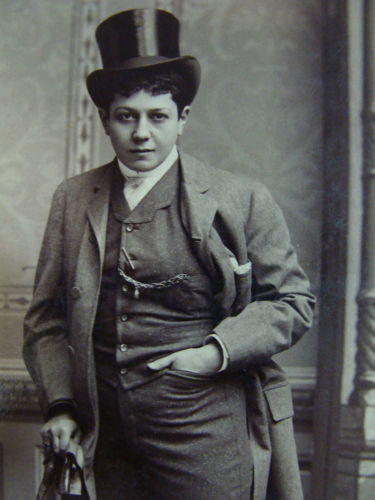
Wesner’s popular stage routine included plucky monologues that imparted advice to male audience members on how to treat and/or seduce a lady.
Vesta Tilley (1864-1952)
English Music Hall Performer, Male Impersonator
Vesta made her debut playing a male role onstage at the age of six, by which point her father, a successful performer himself, had already gifted her the custom-tailored suit she’d begged for as a child.
*Maude Adams (1872-1953)
American Actress
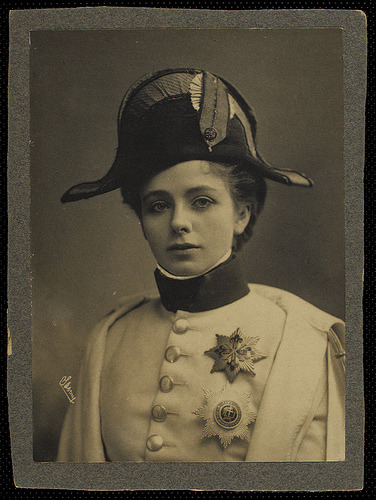
Adams is best known for playing Peter Pan on Broadway.
*Cicely Hamilton (1872-1952)
English Actress, Writer, Journalist, Suffragist
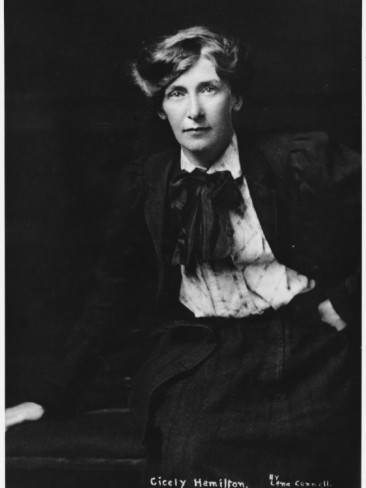
*Romaine Brooks (1874-1970)
American painter
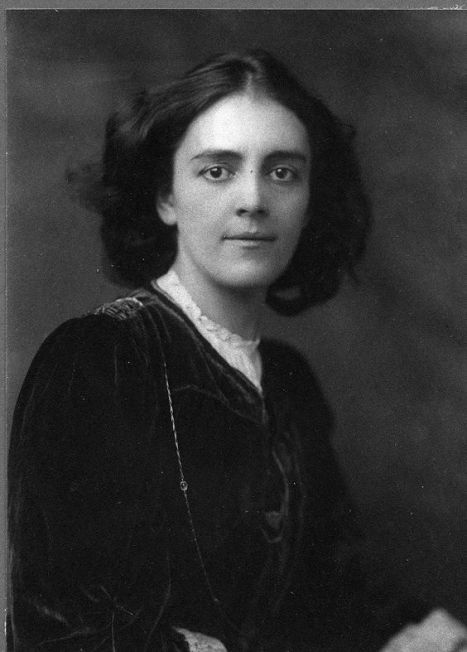
Romaine Brooks is best-known for her paintings of women in androgynous or “masculine” attire.
Ella Shields (1879-1952)
Vaudeville Performer, Music Hall Singer, Male Impersonator

Hetty King (1883-1972)
Entertainer/Male Impersonator
Hetty King was an asshole to her lesbian fans, telling an interviewer that she was “sickened” by letters she got from women in which “they declare that they can’t eat or sleep or are going to kill themselves for the love of me.”
Lillyn Brown (1885-1969)
African-American/Native American Singer, Vaudeville Entertainer, Teacher and Actress
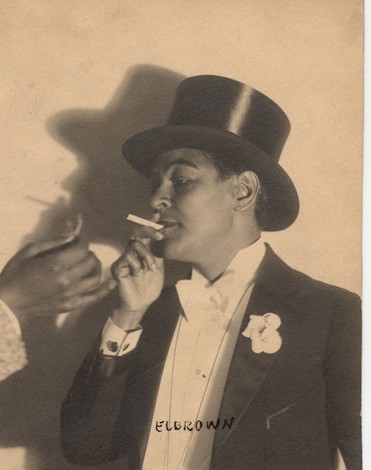
*Agnes Smedley 1892-1950
American Journalist, Novelist, Activist & Socialist
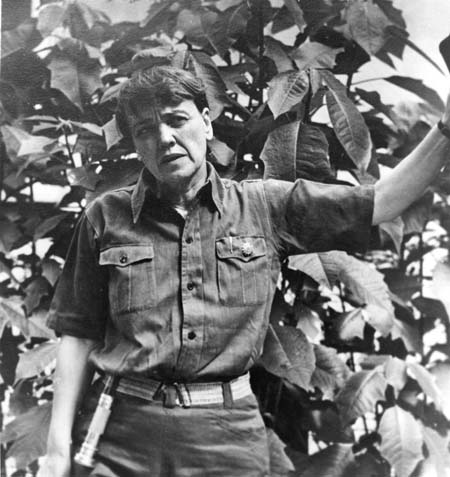
*Mercedes De Acosta (1893-1968)
Writer, Lover to the Stars
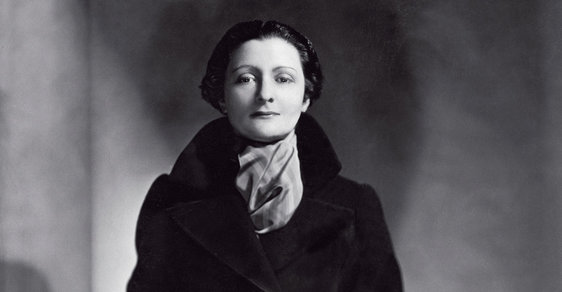
Selika Lazevski (1890s – Unknown)
African Princess / 19th Century High Society Equestrian
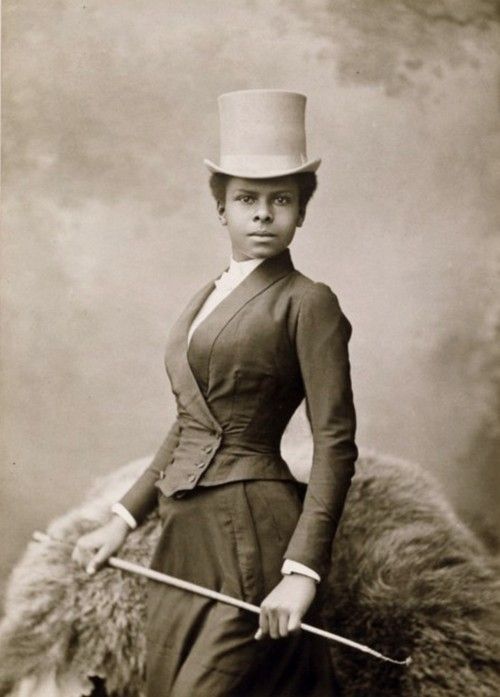
*Beatrice Lillie (1894 – 1989)
Canadian-born British actress, Singer and Comedic Performer
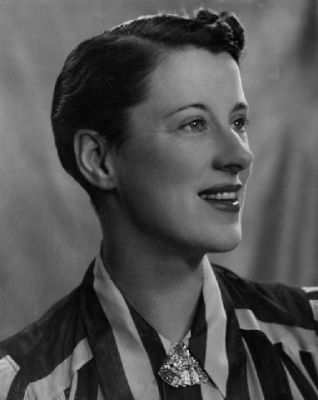
Bea Lillie
*Moms Mabley (1894-1975)
American Standup Comedian
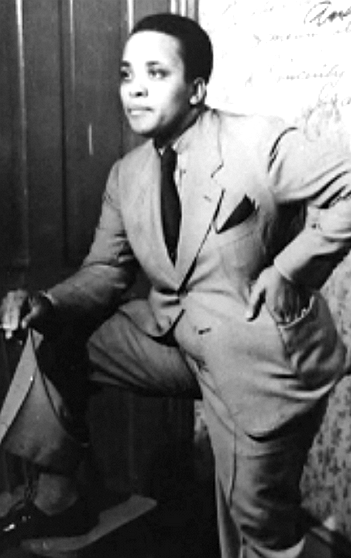
Mabley wore housedresses onstage, but in her off-time she presented butch, in tailored suits.
Kitty Doner (1895-1988)
American Actress and Producer
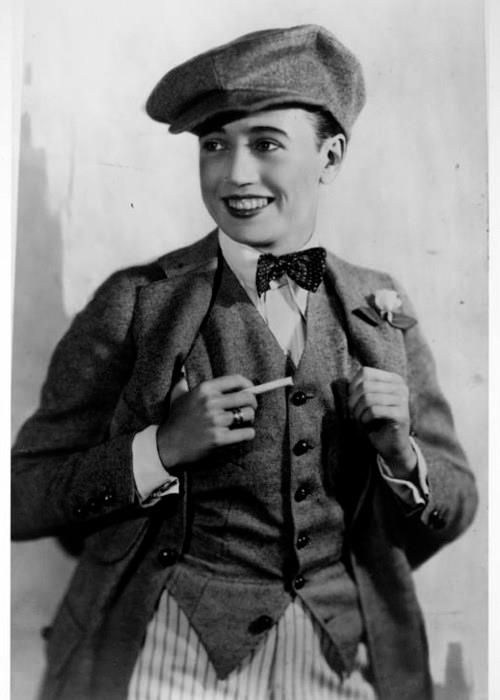
Kitty’s parents were performers, too, and thus Kitty began performing onstage in male attire while she was a very young girl.
*Alice DeLamar (1895-1983)
American Heiress
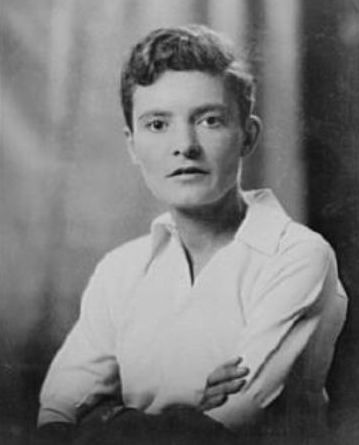
When her father died in 1918, DeLamar inherited $10 million, giving her the title of “richest bachelor girl.”
*Nobuko Yoshiya (1896-1973)
Japanese Writer

*Ethel Waters (1896-1977)
American Singer and Actress
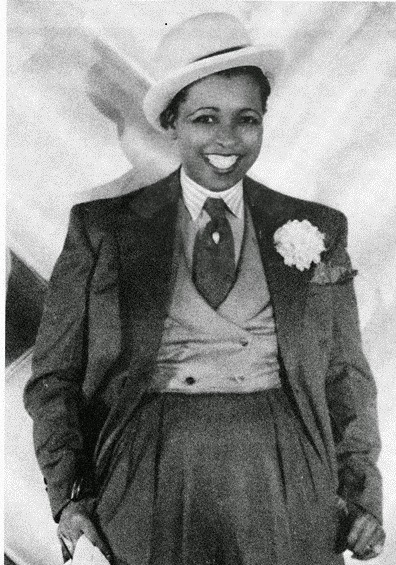
*Hope Williams (1897 – 1992)
American Actress
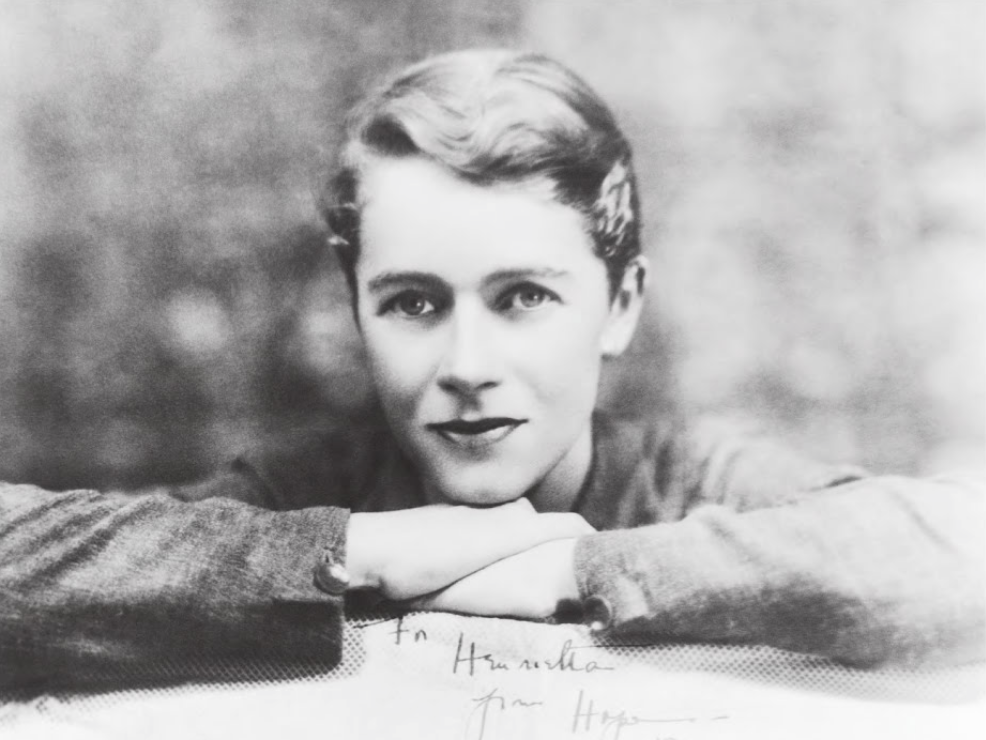
*Dorothy Arzner (1897 – 1979)
American Film Director
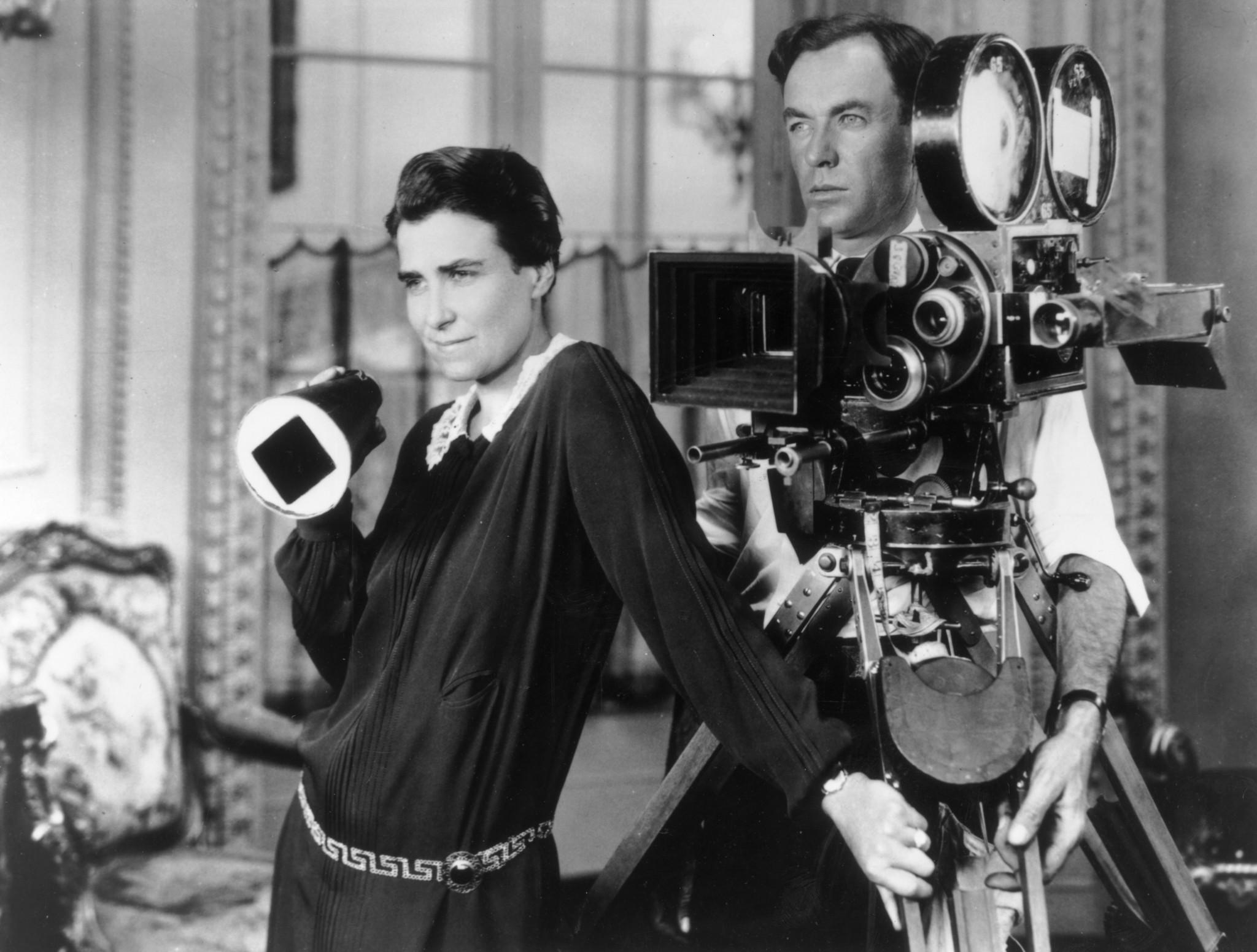
Arzner was the only female film director working during her era, which was a tenuous position to be in — it’s why she wore dresses and skirts to work instead of the pants she wanted to wear.
*Eva Le Gallienne (1899-1991)
British-born American Stage Actress
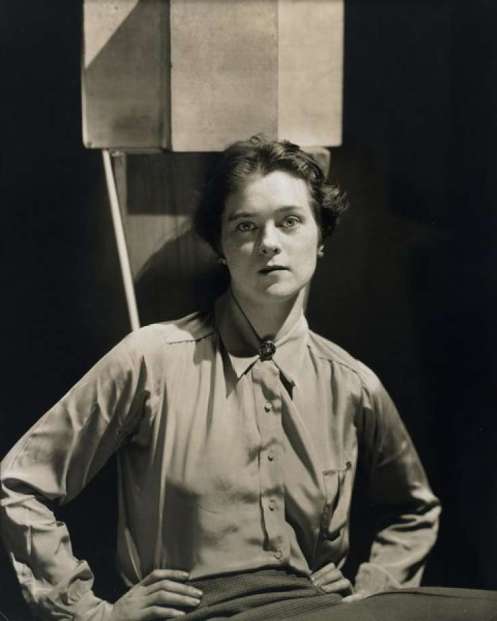
*Marion Barbara “Joe” Carstairs (1900 -1993)
Wealthy British Powerboat Racer
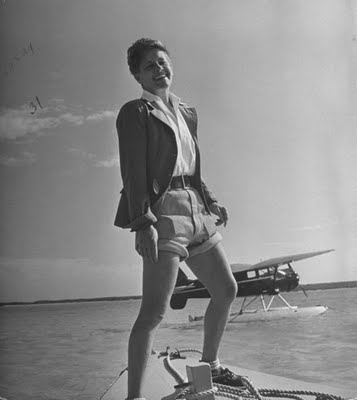
Carstairs wore men’s clothing, covered her arms in tattoos, drove ambulances during World War I, and, in the 1920s, started a womens-only car-hire and chauffering service staffed by women she met working during the war.
*Thelma Wood (1901-1970)
American Sculptor
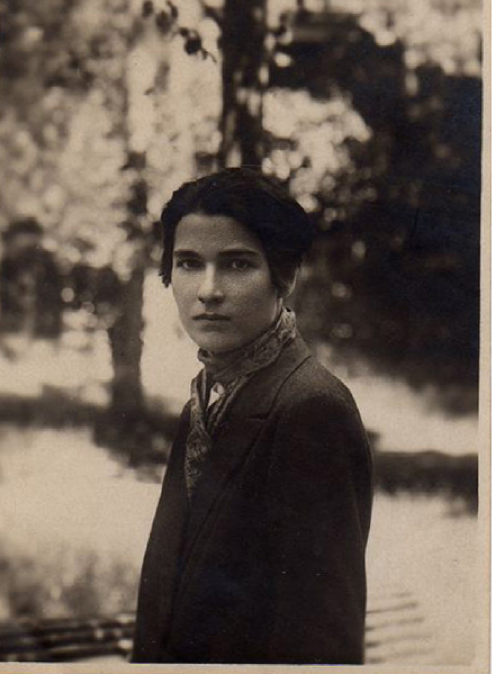
*Marlene Dietrich (1901-1992)
German-American Actress and Singer
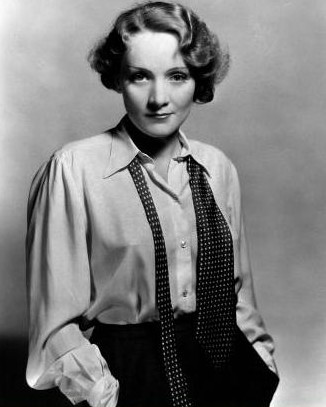
*Greta Garbo (1905 – 1990)
Swedish-born American Film Actress

Her 1933 film Queen Christina won critical acclaim and slayed at the box office, but censors were disturbed by a scene in which Garbo dressed like a man in order to kiss a woman she wanted to kiss.
*Anna May Wong (1905-1961)
Chinese-American Movie Star

*Valentine Ackland (1906-1969)
English Poet
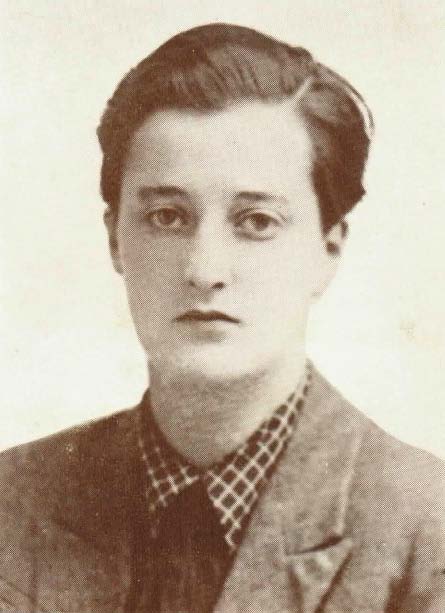
Born “Mary” and nicknamed “Molly,” Valentine’s father raised her like a son, and as an adult, she cut her hair short, wore men’s clothing, and adopted an androgynous name in order to be taken seriously as a poet.
*Josephine Baker (1906-1975)
American Entertainer, Activist and French Resistance Agent of African and Native American descent
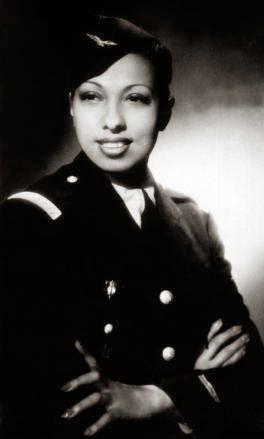
*Louisa D’Andelot Carpenter (1907-1976)
DuPont Heiress
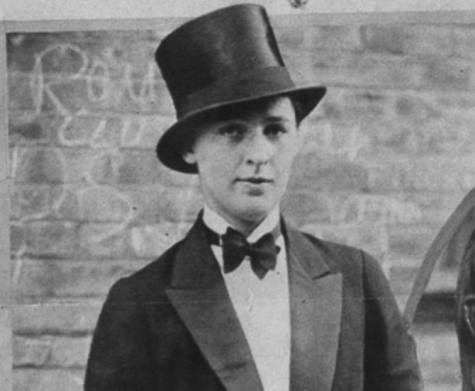
*Gladys Bentley (1907 – 1960)
American Blues Singer, Pianist and Entertainer
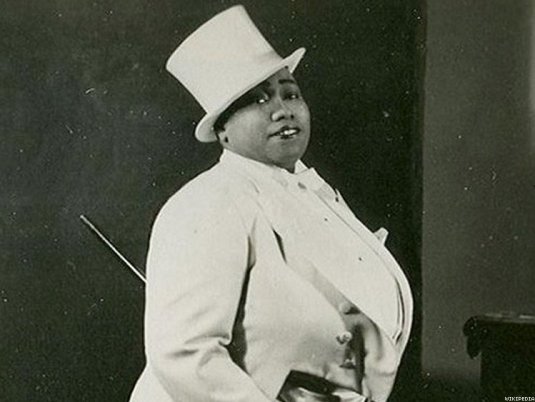
At Harry Hansberry’s Clam House, Bentley performed in her signature tuxedo and top hat, sang racy versions of popular songs in a gravely deep voice, and flirted with ladies in the audience.
*Katharine Hepburn (1907-2003)
American Actress
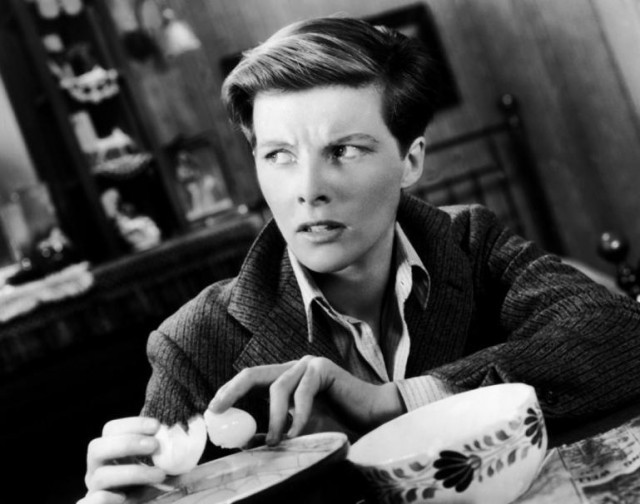
*Frida Kahlo (1907 – 1954)
Mexican Painter
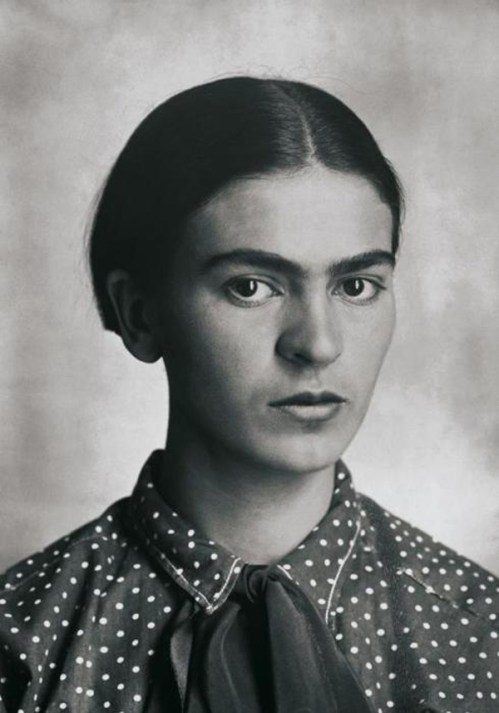
*Annemarie Schwarzenbach (1908-1942)
Swiss Writer, Journalist, Photographer and Traveler
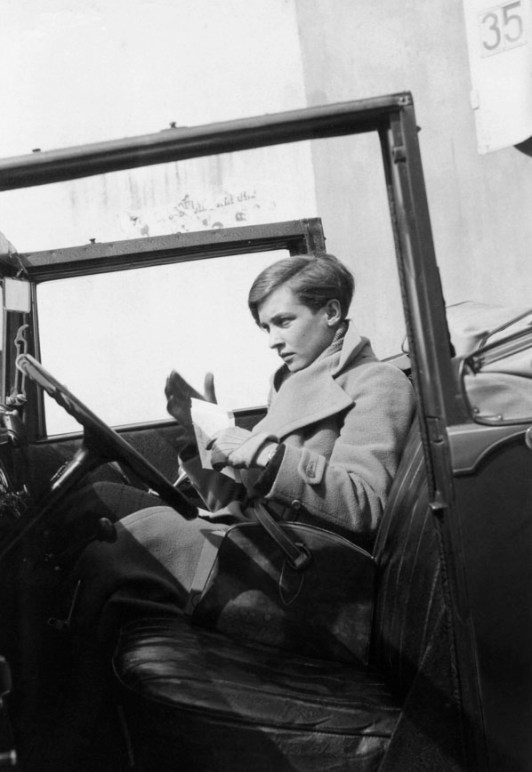
Sidenote, this woman is a fashion icon and I am obsessed with her.
*Tiny Davis (1909-1994)
American jazz Trumpeter and Vocalist
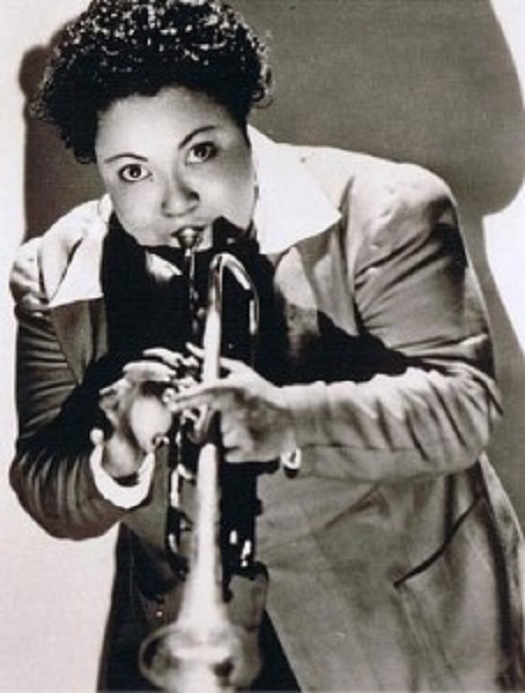
*Beverly Shaw (1910-1990)
Nightclub Singer
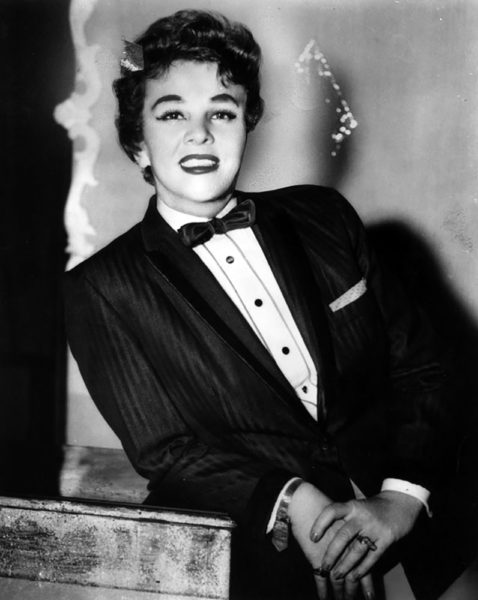
The successful torch singer / male impersonator bought her own club in North Hollywood, called Club Laurel, which succeeded as a popular upscale gay night spot for 14 years.
*Babe Didrikson Zaharias (1911-1956)
American Athlete (golf, basketball, baseball, track & field), Olympic gold medalist
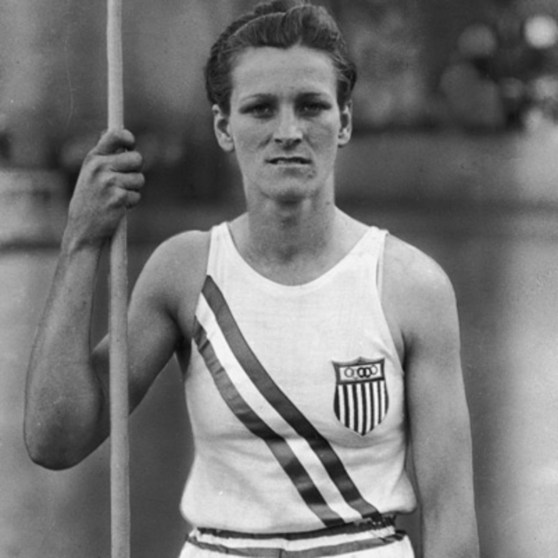
In addition to excelling at athletics, Babe was a fantastic seamstress who made her own golfing outfits and won the sewing championship at the Texas State Fair.
*Esther Eng (1914-1970)
Chinese-American Film Director
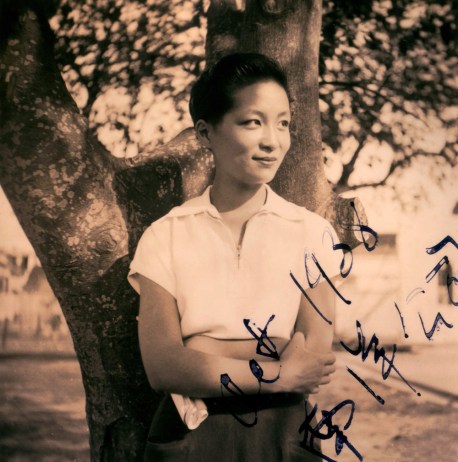
*Stormé DeLarverie (1920-2014)
Bouncer, Drag King, MC, Civil Rights Icon, Entertainer
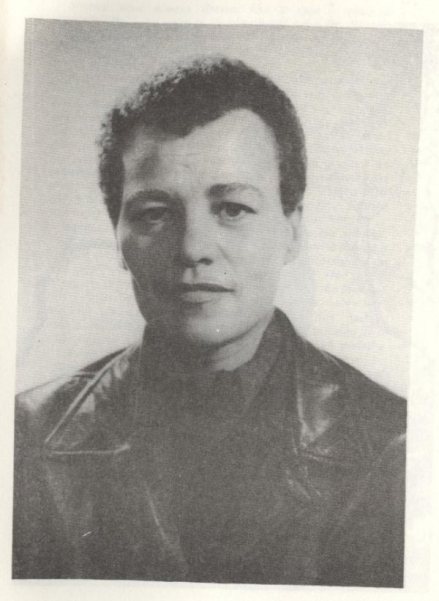
via Henrietta Hudson
Fill In Your 50s, 60s, and 70s Butch History With This Coloring Book
“[T]he legacy of leading and living as Butch was, is, and remains — quite remarkable,” writes Sasha T. Goldberg in the introduction to the Butch Lesbians of the 50s, 60s, and 70s Coloring Book — a book that is “not only a love letter to mid-century Butches, but a detailed map for those of us who have been looking (and looking), and for those us of us who simply cannot stop looking.”
For all that butches in 20s, 30s, and 40s faced certain challenges, in the 50s, 60s, and 70s they would face even more: the lavender scare, the US government’s Cold-War-era queer witch hunt; “cures” for homosexuality; butchphobia from lesbian movements and feminist movements; gender policing; racism; sexism; and more. This coloring book features the butch activists, artists, feminists, outlaws and others of that time, including Angela Calomiris, Gladys Bentley, Donna Butkett, Esther Eng, Adrienne Fuzee, Honey Lee Cottress, Chavela Vargas, Margo Rivera-Weiss, Olive Yang, Jane Rule, Esther Newton, Pat Bond, Frede Baulé, Peaches Stevens, Butchy McCausland, Barbara Smith, Jeanne Córdova and so many others.
Below: some printable coloring pages of butches for your very own. Share your art projects in the comments.
Frede Baulé, 1914–1976, France
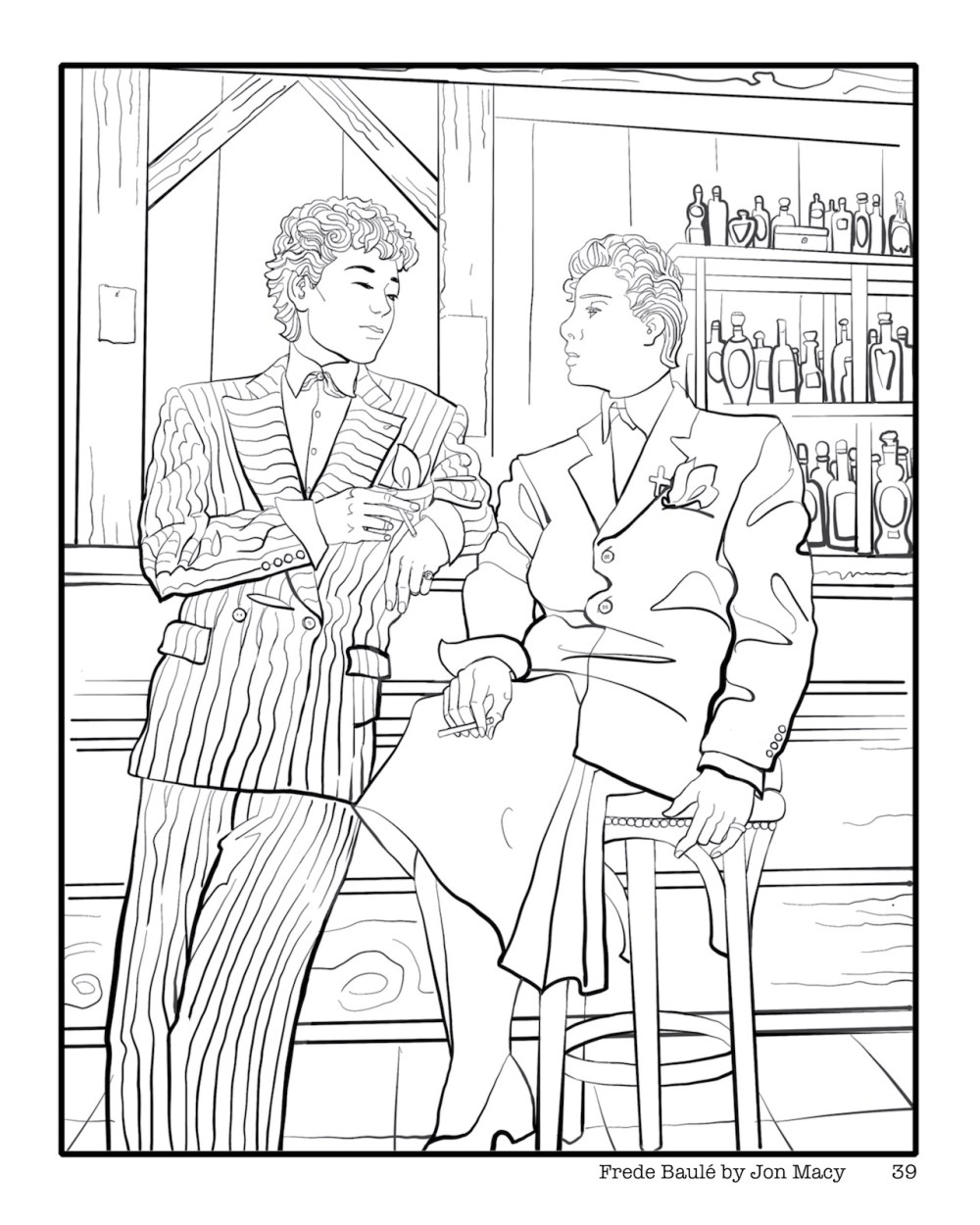
Drawn by Jon Macy.
Frede Baulé was a French sex worker at Lulu de Montparnasse’s lesbian club Le Monocle. At 62, her obituary in France-Soir read in part: “She who, for the civil status, was only Frédérique Baulé, must be considered as one of the greatest seducers of her time. At her hunt table were the most beautiful women of Paris.”
Donna Burkett, 1946–unknown, US

Drawn by Ajuan Mance.
Donna Burkett came out at age seven, ran away to join the army at age 16, quit the army due to racism and joined the civil rights and gay movements. On October 1, 1971, she and her girlfriend Manonia Evans applied for a marriage license in Milwaukee, were rejected, and went to federal court over their right to marry.
Joe Carstairs, 1900–1993, Great Britain and the Bahamas

Drawn by Jon Macy.
Joe Carstairs, who owned custom boats and at least four small islands, was a speedboat racer with a string of famous femme exes. Marlene Dietrich’s daughter says of the first time Marlene saw Joe: “At the helm, a beautiful boy, bronzed and sleek — even from a distance, one sensed the power of his rippling muscles of his tight chest and haunches….The first thought on seeing him had been ‘pirate’—followed by ‘pillage’ and ‘plunder’ […] he turned from a sexy boy into a sexy, flat-chested woman.”
Honey Lee Cottrell, 1946–2016, US
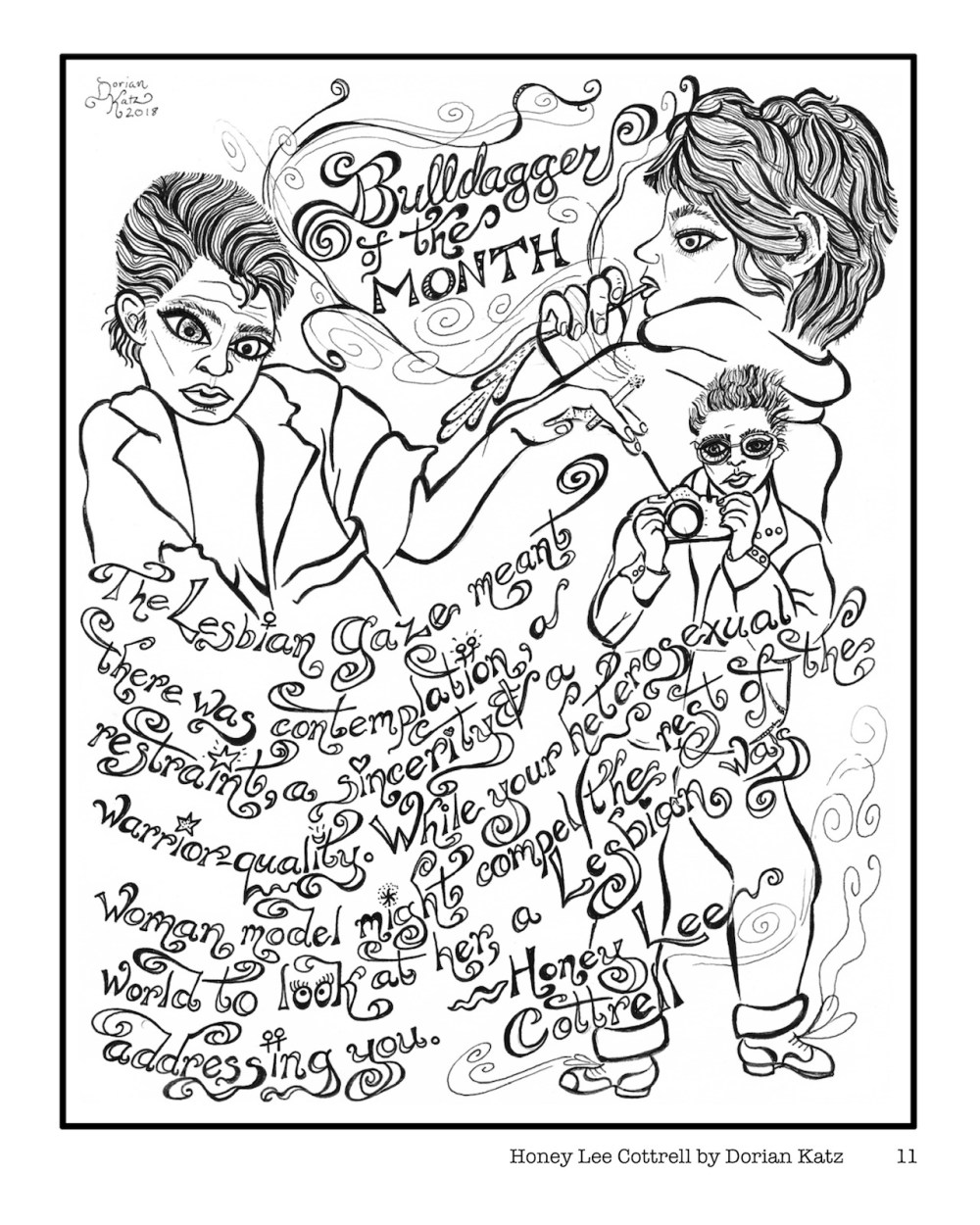
Drawn by Dorian Katz.
Honey Lee Cottrell was a photographer and filmmaker known for her documentation of lesbian sexuality in the 1980s, her work in lesbian sexuality and education, and her work in On Our Backs, including staring as the first “Bulldagger of the Month” centerfold. She co-authored or appears in I Am My Lover, The Blatant Image, Coming to Power (read Autostraddle’s review), Sinister Widsom and Nothing But The Girl.
Stormé DeLarverie, 1920–2014, US

Drawn by Jennifer Camper.
Stormé DeLarverie toured as a baritone jazz singer and drag king in 1955, participated in Stonewall, and helped with anti-abuse community work.
Esther Eng, 1914–1970, US and Hong Kong

Drawn by Margo Rivera-Weiss.
Esther Eng was an out Chinese American filmmaker and New York City restaurant owner, the first woman to direct Chinese-language films in the United States, and the only woman director in the United States between 1943 and 1949. Film critic Law Kar writes: “If Eng had worked in the film industry today, she could have easily been seen as a champion of transnational filmmaking, feminist filmmaking, or antiwar filmmaking.” Her films did not survive intact.
Louise Fitzhugh, 1928–1974, US
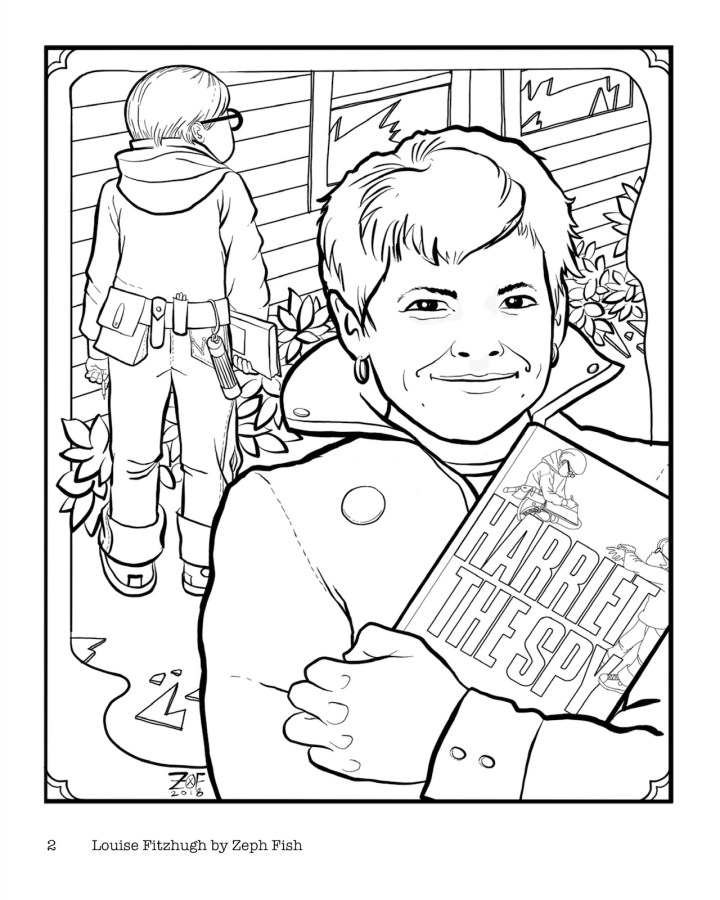
Drawn by Zeph Fish.
Louise Fitzhugh is best-known as the author of Harriet the Spy, which has been rumoured to be based on its author’s life; many of Harrison Withers’s cats are named after Louise’s friends, and one, Alixe Gordon, was named after her then-girlfriend. Fitzhugh also wrote a sequel to Harriet about menstruation, The Long Secret, and her never-published Amelia would have been the first lesbian YA romance in the United States.
Pat Parker, 1944–1989, US
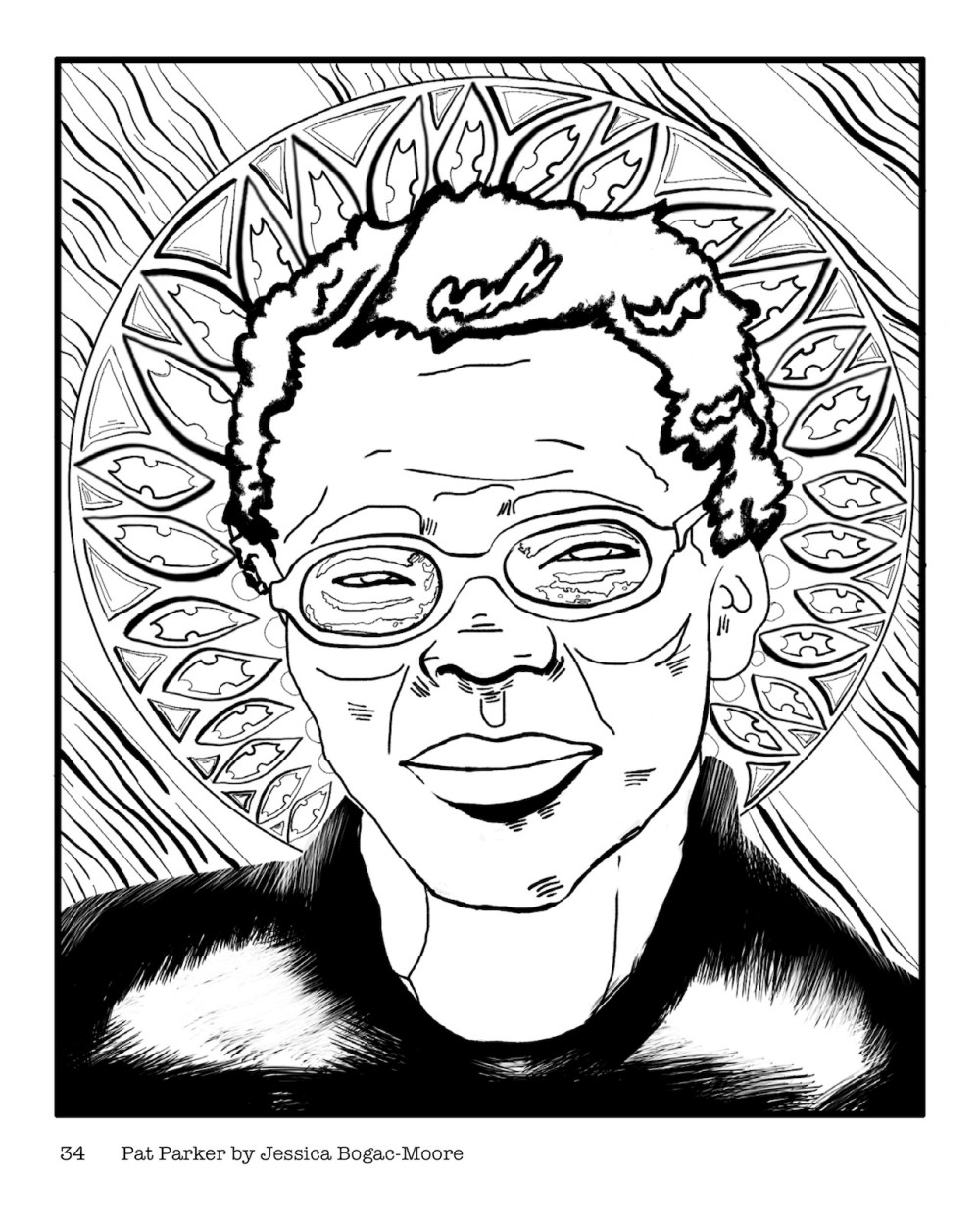
Drawn by JessicaRenee BogacMoore.
Pat Parker was a radical feminist, came out as a lesbian in 1968, and became an activist in the Black Panther Party. She founded the Black Women’s Revolutionary Council in 1980. In 2016, her long out-of-print works were rereleased as an edited collection.
Fill In Your Butch History With This Coloring Book
“Beautiful, handsome, and ever charming, these 1920s-1940s Butches await your celebration, your admiration, and, of course, your color schemes,” writes Sasha T. Goldberg for the Butch Lesbians of the 20s, 30s, and 40s Coloring Book by Avery Cassell and Jon Macy.
The coloring book features Bessie Coleman, Thelma Wood, Frieda Belinfante, Jackie Bross, Cherifa, Willa Cather, Gladys Bentley, Gertrude Stein, Gwen Farrar, Joe Carstairs, Louisa D’Andelot Carpenter, Moms Mabley, Olga Tsuberbiller, Ruth Ellis, Yoshiko Kawashima and other dapper butch figures, drawn by queer artists including Paige Braddock, Robyn Adams, Tara Madison Avery, Katie Gilmartin, Maia Kobabe, Ajuan Mance, and others, as well as biographies by Avery Cassell and a forward by Goldberg. Why learn about herstory when you can learn about herstory by way of babes?
Below: your very own printable coloring book preview and mini history lesson. Ten points to anyone who uploads colored-in pages in the comments.

Cherifa by Jon Macy
Cherifa, aka Amina Bakalia (1928 to the late 1990s), was the first woman grain seller in Tangier, Morocco; an out butch lesbian; and a notorious womanizer. Her twenty-year affair with American novelist Jane Bowles is captured in A Little Original Sin: The Life and Work of Jane Bowles by Millicent Dillon.
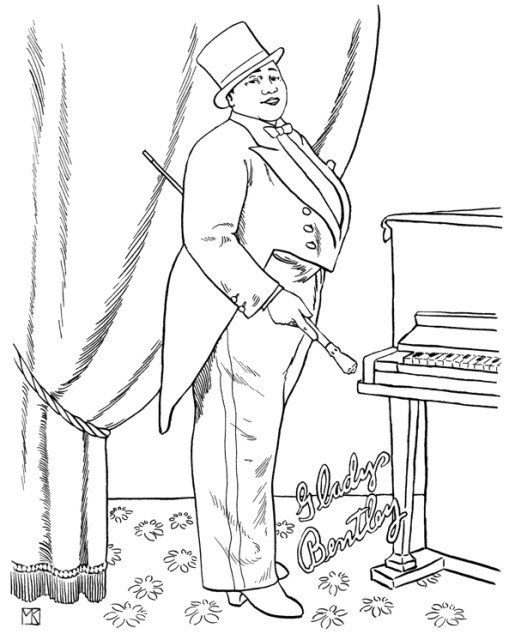
Gladys Bentley by Maia Kobabe
Gladys Bentley, aka Bobbie Bentley (1907–1960), was a renowned blues singer during the 1920s and 30s and a pianist and entertainer during the Harlem Renaissance. In 1931, she scandalously married her white girlfriend in a civil ceremony in New Jersey, which later led to an investigation by the U.S. House Committee on Un-American Activities and McCarthy-era pressure to (unconvincingly) renounce her lesbianism.
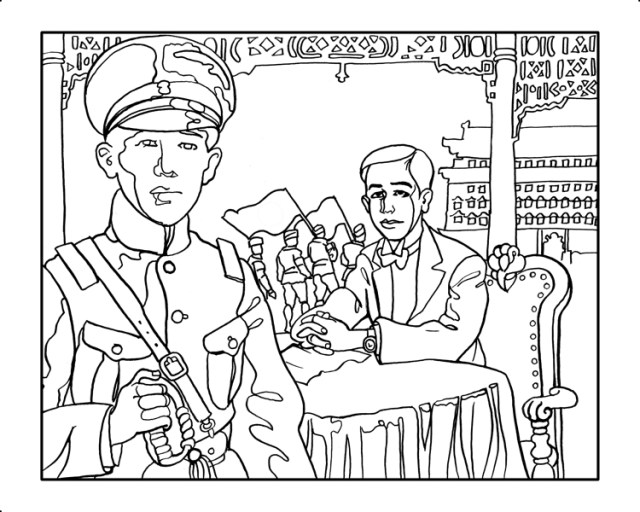
Yoshiko Kawashima by Jon Macy
Yoshiko Kawashima, aka the “Joan of Arc of the Manchus” (1907–1948), was a Chinese princess who cut her hair off and began to wear men’s clothing at age 18. She was a spy for the Japanese Kwantung Army, and after the war was captured and executed by the Republic of China. In life, she was bisexual. In the Chinese language, her name is synonymous with “female spy.”
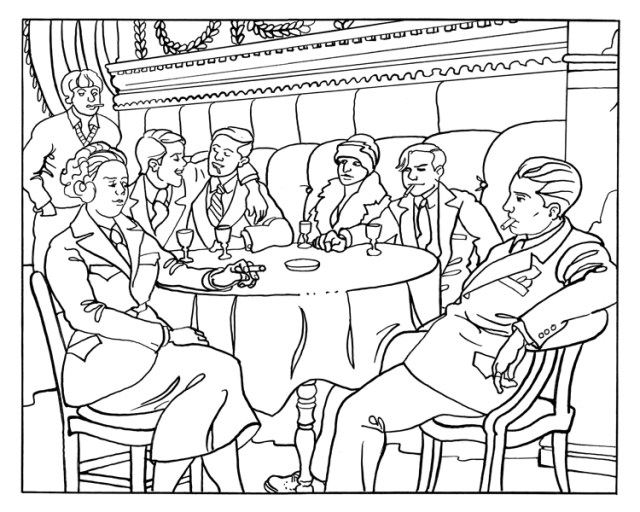
Cigars in Berlin by Jon Macy
These anonymous butches are smoking cigars at the women-only Damenclub Violetta in 1920s Berlin, what Cassell calls “the lesbian capital of the universe” until Nazis took over.
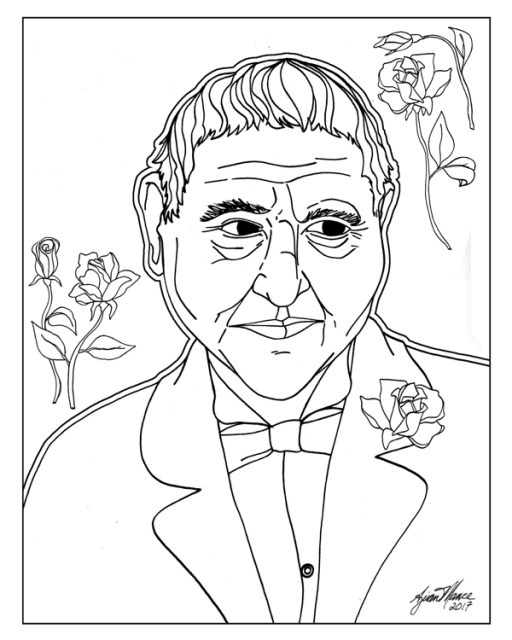
Gertrude Stein by Ajuan Mance
Gertrude Stein (1874–1946) was a novelist, poet, playwright, art collector and patron, and overall force in the Parisian avante-garde. She was married to Alice B. Toklas for 36 years, and together they ran a salon, escaped WWII, and wrote a ton of love letters.
Playlist: Black Queer Music History Pt. 1 (Early 20th Century)
It’s the best month of the year! In the US it’s Black History Month and in the UK it’s LGBT History Month, which means that all over the world it’s Black Queer History Month! Black queer folks have been and are continuously contributing important things to Western culture; that’s been true for as long as we’ve been a part of it. Particularly, Black queer folks have carved out a niche in the music industry. During the early twentieth century, with the rise of vaudeville shows, music was one of the few places it was okay to be a little raunchy. Coming out of a strict Victorian era, culture as a whole still stayed away from non-normative performances of gender and sexuality; but particularly in the theatre, there was space for play. For Black performers, blues became one of the mediums for this playfulness. In the early twentieth century part of what made blues “authentic” was its inherent theatricality (for more on theatricalism and the blues, check out Paige McGinley’s book, Staging the Blues: From Tent Shows to Tourism). Performers like Gladys Bently, Ma Rainey, and Bessie Smith became characters when they were singing. The separation of these performers from the music they were singing allowed them to explore their sexuality while still maintaining distance from queerness in their everyday lives, for survival purposes.
The blues allowed these queer women and others to be private in public and acted as resistance to a culture of censorship. Their music was raunchy, sexual and it made folks want to dance. It was revolutionary. And it inspired queer artists, playwrights, poets, and future queer musicians to live their truths as well. When you listen to this playlist, let it fill you with the revolutionary spirit of these talented and subversive queer artists. And then come back next week for more!
“Prove It On Me Blues” by Ma Rainey
“Empty Bed Blues, Pt. 1” by Bessie Smith
“You Got To Wet It” by Frankie “Half-Pint” Jaxon
“Embraceable You” by Billie Holiday
“B.D. Woman’s Blues” by Lucille Bogan
“My Handy Man Ain’t Handy No More” by Alberta Hunter
“Red Beans and Rice” by Gladys Bentley
“Bésame Much” by Josephine Baker
“Shave ‘Em Dry II” by Lucille Bogan
“Booze and Blues” by Ma Rainey
“I Ain’t Gonna Sin No More” by Ethel Waters
“Don’t Touch My Tomatoes” by Josephine Baker
“You Know Jam Don’t Shake” by Frankie “Half-Pint” Jaxon
“Explaining the Blues” by Ma Rainey
“How Long How Long Blues” by Gladys Bentley
“Little Black Sheep” by Ethel Waters
“Nobody Knows When You’re Down and Out” by Bessie Smith
“Spank It” by Frankie “Half-Pint” Jaxon
“Sloppy Drunk Blues” by Lucille Bogan
https://open.spotify.com/user/1229950546/playlist/0cXlNUaXiJQtfw55OVtP7C
